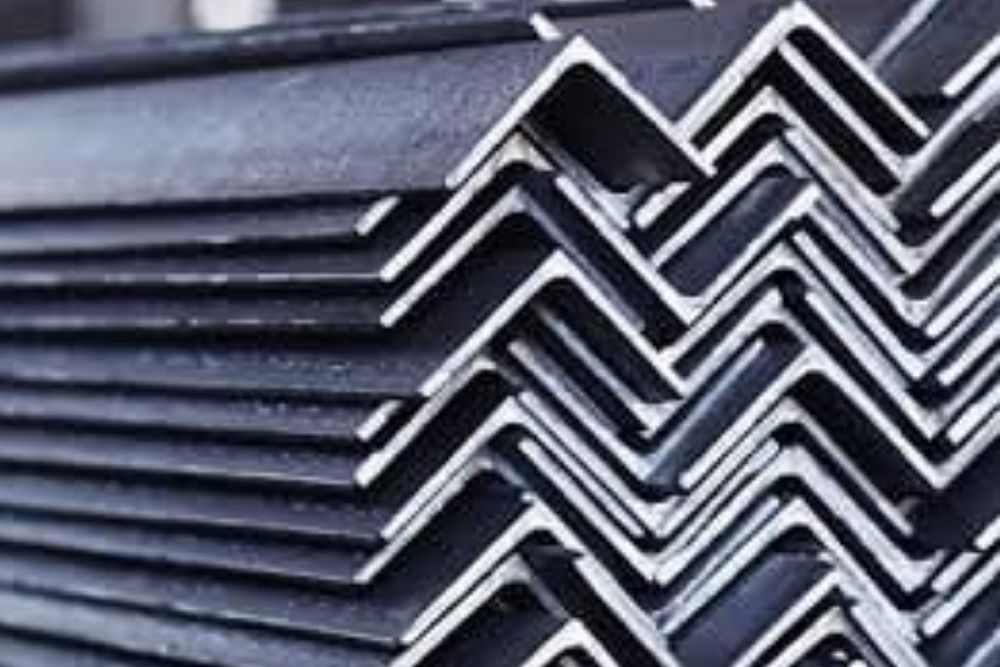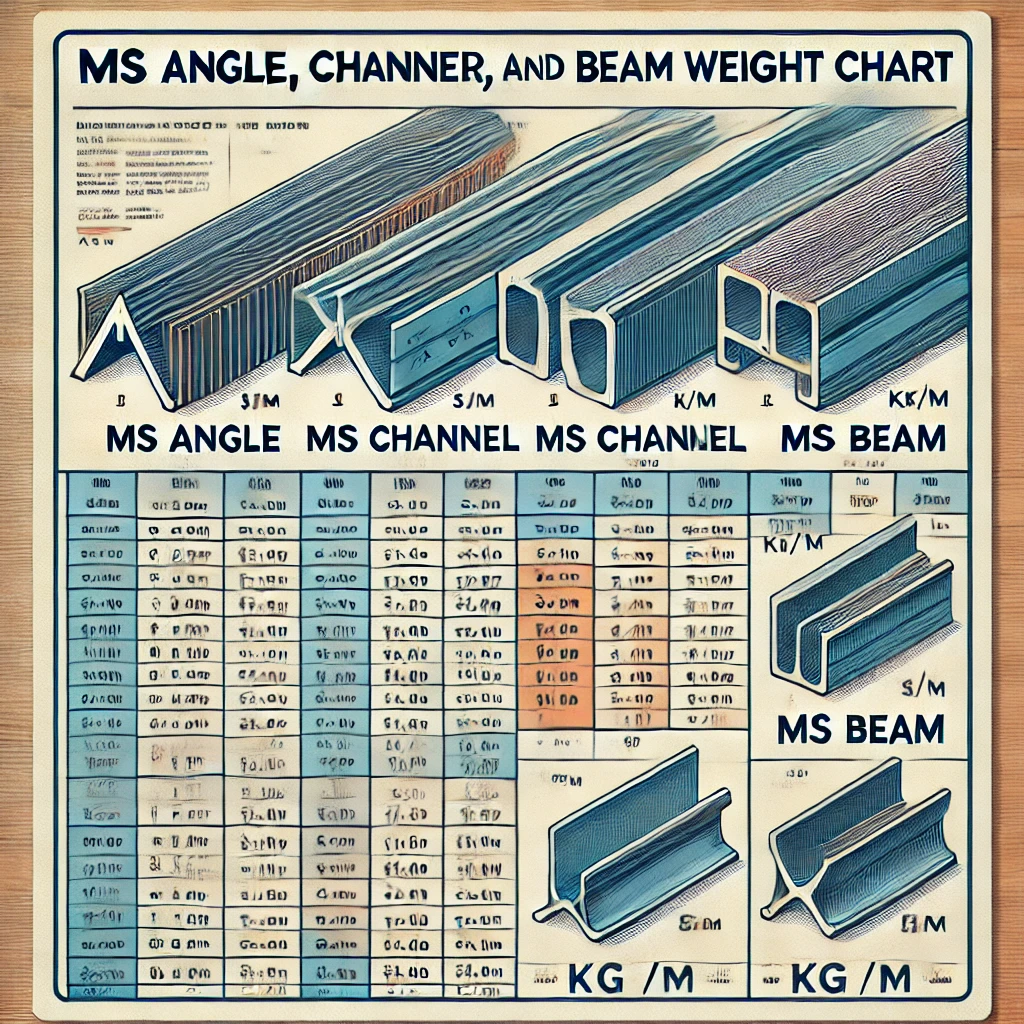MS Angle Weight Chart Precision and accuracy are paramount in structural engineering and construction. Every project, whether a towering skyscraper or a small residential building, relies on meticulous planning and execution to ensure safety and stability. One crucial element in this process is understanding various structural components’ weight distribution and load-bearing capacity, such as MS (Mild Steel) angles.
MS angle weight charts are indispensable tools for architects, engineers, and builders alike. These charts provide comprehensive information about the weight of MS angles of different sizes and dimensions, helping professionals make informed decisions during the design and construction phases. By understanding the weight characteristics of MS angles, designers can optimize structural layouts, select appropriate materials, and ensure that the final structure meets safety standards and regulatory requirements.
The significance of MS angle weight charts becomes evident when considering the role of MS angles in structural frameworks. MS angles, also known as angle irons or L-shaped beams, are commonly used in construction for their versatility and strength. They are employed in various applications, including framing, bracing, support systems, and reinforcement. Your Projects:
Understanding the Importance of MS Angle Weight Charts in Structural Engineering.
The weight of an MS angle is a crucial factor in determining its load-bearing capacity and structural integrity. As such, architects and engineers must carefully consider the weight distribution of MS angles when designing building frameworks and support structures. A comprehensive MS angle weight chart provides essential data, such as the weight per meter or foot of MS angles of varying sizes and thicknesses, allowing professionals to make accurate calculations and predictions.

MS Angle Weight Chart
Moreover, MS angle weight charts facilitate cost estimation and material planning during construction. By referencing the weight chart, builders can determine the quantity of MS angles required for a project, helping to minimize wastage and optimize resource utilization. It streamlines the construction process and contributes to cost savings and project efficiency.
In addition to aiding in structural design and material planning, MS angle weight charts are vital in ensuring safety and compliance with building codes and regulations. By adhering to the weight specifications outlined in the chart, designers can prevent overloading and structural failures, thereby safeguarding the occupants and the longevity of the built environment.
MS Angle Weight Chart.
Furthermore, MS angle weight charts are valuable educational resources for structural engineering students and aspiring professionals. Individuals can enhance their knowledge and skills in structural analysis and design by studying these charts and understanding the principles behind weight distribution and load-bearing capacities.
MS Angles Top Suppliers in Mumbai
In conclusion, MS angle weight charts are indispensable tools for architects, engineers, builders, and students involved in structural engineering and construction. By providing comprehensive information about the weight characteristics of MS angles, these charts empower professionals to make informed decisions, optimize structural designs, ensure safety and compliance, and achieve project success.

